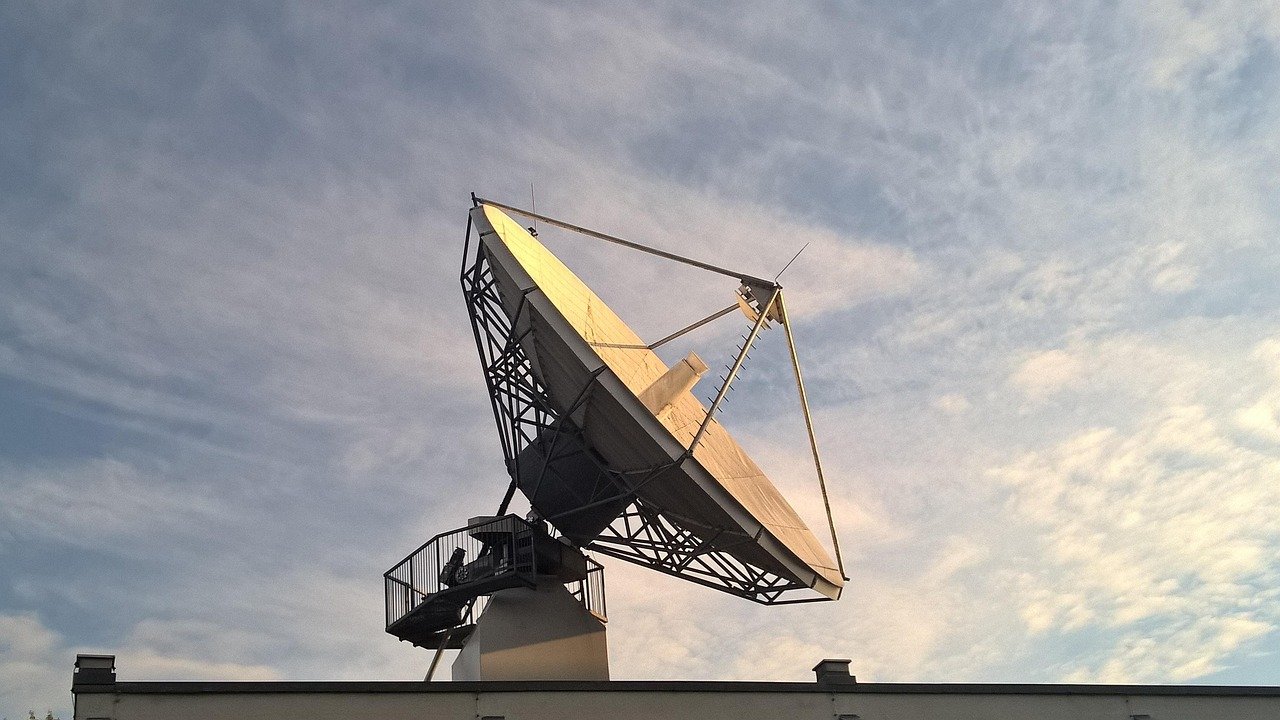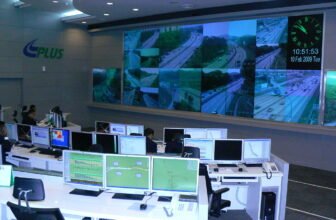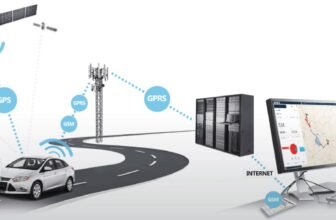
How Satellite Technology is Useful to Humanity and Its Everyday Applications?
Satellite technology has revolutionized the way humanity interacts with the world, offering insights, connectivity, and capabilities that were once unimaginable. From weather forecasting to global communications, navigation, and even environmental conservation, satellites have become indispensable in modern society. This article explores the multifaceted applications of satellite technology and how they enhance our daily lives.
The Basics of Satellite Technology
At its core, satellite technology involves the deployment of artificial satellites into orbit around the Earth. These satellites, equipped with sophisticated instruments, collect and transmit data, enabling diverse functions. Depending on their purpose, satellites operate in different orbits, such as geostationary, polar, or low Earth orbits, each offering unique advantages for specific applications.
Applications of Satellite Technology
1. Communication
One of the most transformative uses of satellite technology is in communication. Communication satellites provide the backbone for television broadcasts, internet services, and telephone connections across vast distances. For example:
- Global Connectivity: Satellites enable internet access in remote regions where terrestrial infrastructure is unavailable, bridging the digital divide.
- Television and Radio Broadcasting: Direct-to-home services rely on satellites to deliver high-quality video and audio content to households worldwide.
- Emergency Communication: During natural disasters, when ground-based infrastructure is damaged, satellites provide vital communication links for rescue and relief operations.
2. Navigation and Location Services
Global Navigation Satellite Systems (GNSS), such as GPS (Global Positioning System), have transformed navigation and location-based services:
- Everyday Navigation: GPS is integral to smartphones, helping people find directions, track their routes, and locate nearby services.
- Transportation: Navigation systems are essential for aviation, maritime operations, and road transport, ensuring safety and efficiency.
- Geotagging: Satellites enable geotagging in photography and social media, allowing users to mark locations.
3. Weather Forecasting and Climate Monitoring
Weather satellites play a crucial role in monitoring Earth’s atmosphere and predicting weather patterns:
- Accurate Forecasting: Satellite data helps meteorologists provide timely and accurate weather forecasts, which are vital for agriculture, transportation, and disaster preparedness.
- Storm Tracking: Satellites monitor hurricanes, typhoons, and other severe weather events, enabling early warnings and reducing loss of life and property.
- Climate Change Research: Long-term satellite observations of temperature, sea levels, and ice cover contribute to understanding and mitigating climate change.
4. Earth Observation and Environmental Monitoring
Satellites equipped with remote sensing technology provide detailed observations of Earth’s surface:
- Deforestation and Land Use: Satellite imagery tracks deforestation, urbanization, and land-use changes, aiding sustainable development.
- Disaster Management: Satellites help monitor natural disasters such as earthquakes, floods, and wildfires, guiding response efforts.
- Agriculture: Farmers use satellite data for precision farming, optimizing crop yields, and monitoring soil health.
5. Scientific Research and Exploration
Beyond Earth, satellites contribute to exploring the universe:
- Astronomy: Space telescopes, such as the Hubble Space Telescope, provide insights into distant galaxies, stars, and cosmic phenomena.
- Planetary Exploration: Satellites study other planets, advancing our understanding of the solar system.
- Earth Science: Satellites monitor phenomena like tectonic activity, ocean currents, and atmospheric conditions.
6. Defense and National Security
Satellites are critical for defense and national security operations:
- Surveillance: Reconnaissance satellites monitor activities on the ground, aiding intelligence and defense planning.
- Communication: Secure communication satellites ensure reliable links for military operations.
- Early Warning Systems: Satellites detect missile launches and other potential threats, enhancing global security.
Everyday Applications of Satellite Technology
The impact of satellite technology extends to numerous aspects of daily life, often in ways we may not immediately recognize.
1. Seamless Navigation
Whether driving to work or exploring a new city, GPS ensures accurate and reliable directions. Navigation apps like Google Maps and Waze use satellite data to provide real-time traffic updates, alternate routes, and estimated travel times.
2. Online Shopping and Delivery Services
E-commerce platforms rely on satellite-based location services to optimize delivery routes and track shipments. This technology ensures timely delivery, enhancing customer satisfaction.
3. Weather Updates on Smartphones
Weather apps use satellite data to deliver real-time forecasts, helping individuals plan their activities and stay informed about severe weather conditions.
4. Streaming and Broadcasting
Services like Netflix, YouTube, and satellite TV channels use communication satellites to stream content seamlessly, offering entertainment and education to millions.
5. Remote Work and Virtual Meetings
Satellites facilitate high-speed internet connections, enabling remote work, virtual meetings, and online education, especially in areas lacking terrestrial broadband.
6. Disaster Alerts
Mobile devices receive alerts about natural disasters like tsunamis and cyclones, thanks to satellite-based early warning systems. These alerts save lives by providing critical evacuation time.
7. Banking and Financial Transactions
Global financial networks rely on satellite technology to synchronize transactions, ensuring accurate time-stamping and secure communication.
8. Agriculture
Farmers use satellite data to monitor crop health, predict yields, and optimize irrigation, enhancing productivity and reducing waste.
Future Prospects of Satellite Technology
The future of satellite technology is promising, with advancements poised to address emerging challenges and expand its applications. Key trends include:
1. Mega-Constellations
Companies like SpaceX and Amazon are deploying constellations of thousands of small satellites to provide global high-speed internet coverage, even in the most remote areas.
2. Advanced Imaging
Next-generation satellites will offer higher-resolution imagery and enhanced capabilities, enabling more precise Earth observation and scientific research.
3. Space-Based Solar Power
Satellites could harness solar energy in space and transmit it to Earth, offering a clean and sustainable energy source.
4. Internet of Things (IoT)
Satellites will play a key role in supporting IoT networks, connecting billions of devices worldwide for smarter cities, industries, and homes.
5. Space Tourism and Exploration
Satellite technology will be integral to space tourism ventures and future missions to the Moon, Mars, and beyond.
Satellite technology has become a cornerstone of modern life, transforming communication, navigation, science, and environmental monitoring. Its impact is far-reaching, improving daily conveniences, advancing global knowledge, and fostering sustainability. As innovations continue to emerge, satellites will undoubtedly play an even greater role in shaping the future of humanity. image/pixabay





